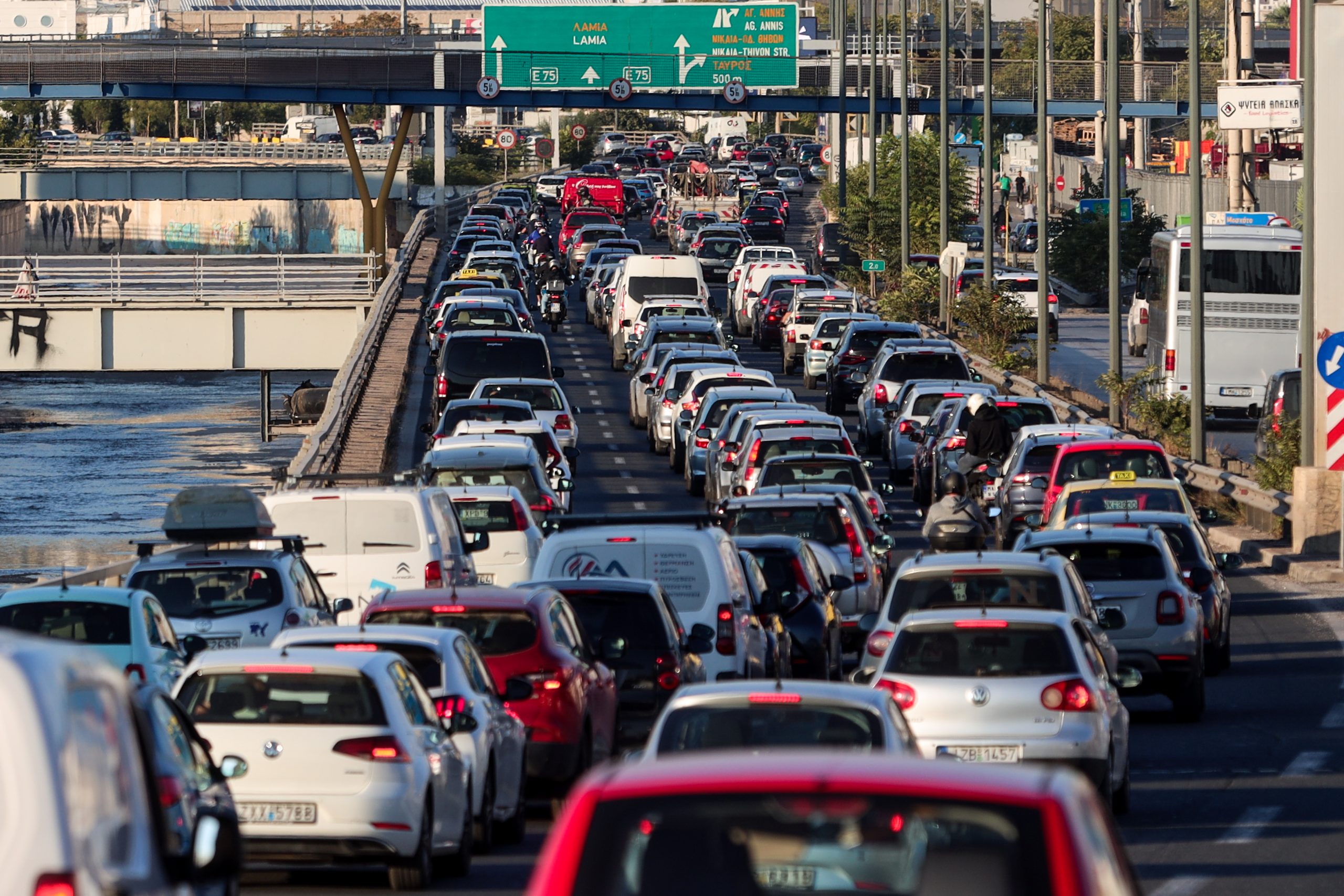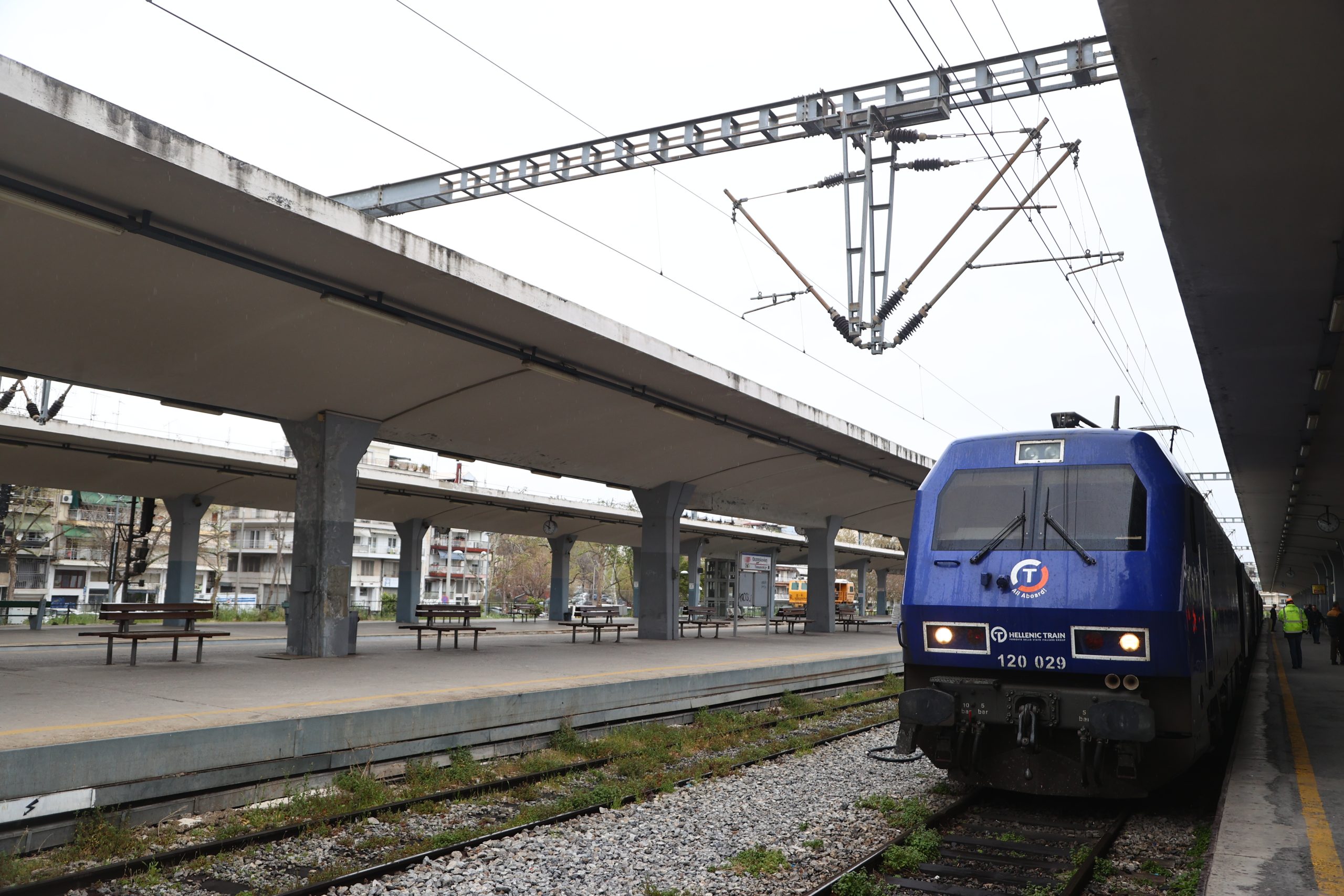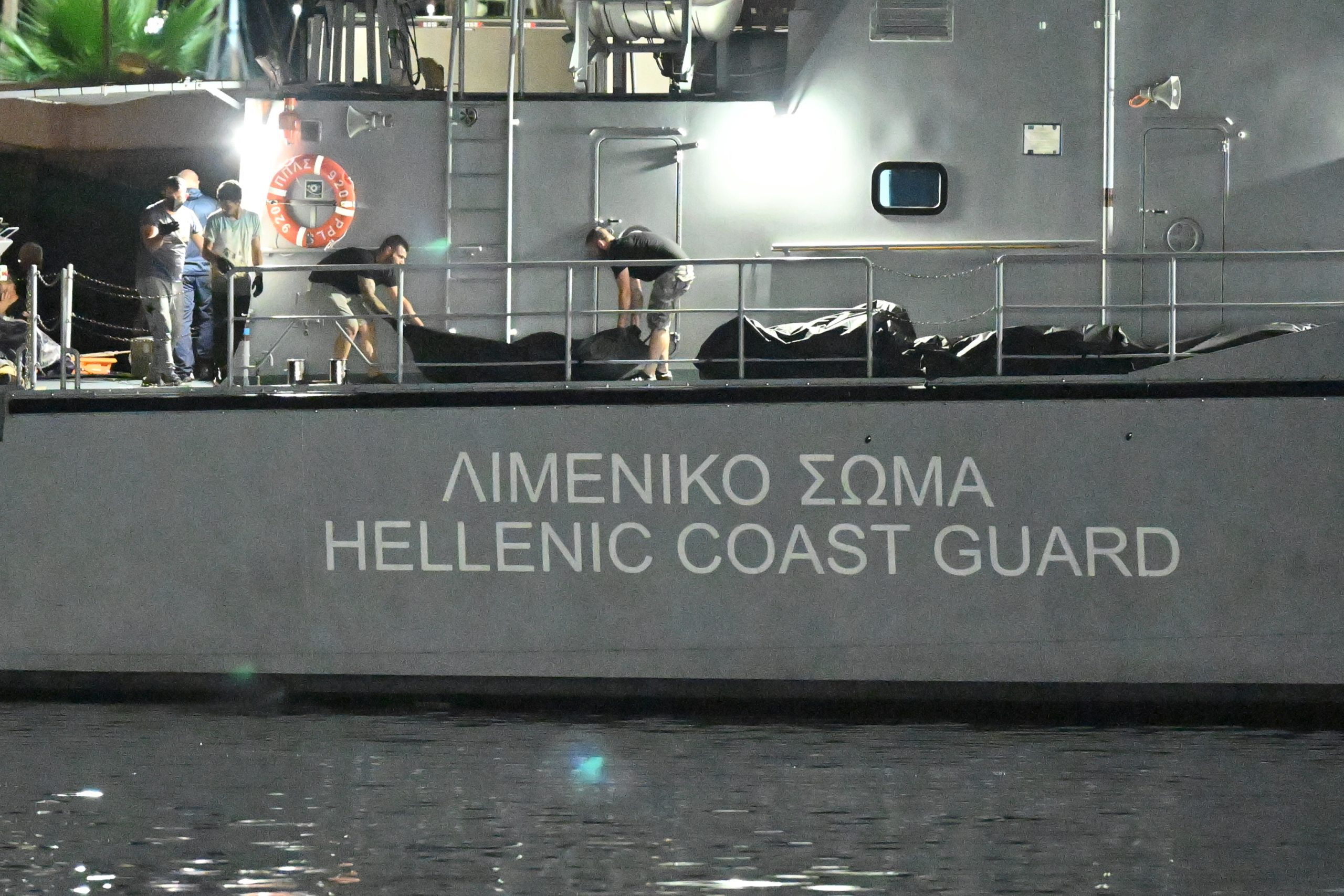Traffic congestion in Attica is not only a source of accidents and fuel waste, but also contributes significantly to reduced productivity and declining quality of life.
According to data presented at the “Green Deal Greece 2025” conference, traffic delays on Kifissos alone now account for €80–90 million in annual economic losses and around 6.5 million lost hours. This figure is nearly double the 3.5 million hours recorded in 2018, indicating how sharply the problem has worsened in just a few years.
One of the driving factors is the continuous increase in the number of private vehicles on the roads. The total number of registered vehicles has risen from 3 million in 2004 to 4.5 million in 2024, while daily usage rates remain consistently high. On Kifissos, approximately 260,000 vehicles circulate every day.
The average speed has dropped to 15 km/h in Attica, and private cars account for over 60% of all trips in central Athens.
The rise in tourism has also intensified traffic pressure, particularly during peak periods, while gaps in transport infrastructure continue to limit effective alternatives to car use.
Speakers at the conference noted that heavy investment in road networks can sometimes increase car dependency rather than reduce it. They emphasized that what is needed is expanded public transport capacity, particularly the metro network.
The forthcoming Metro Line 4 is expected to significantly ease congestion in several central corridors, provided that implementation is not delayed.
Source: News 247
 What is fyi.news?
What is fyi.news?







